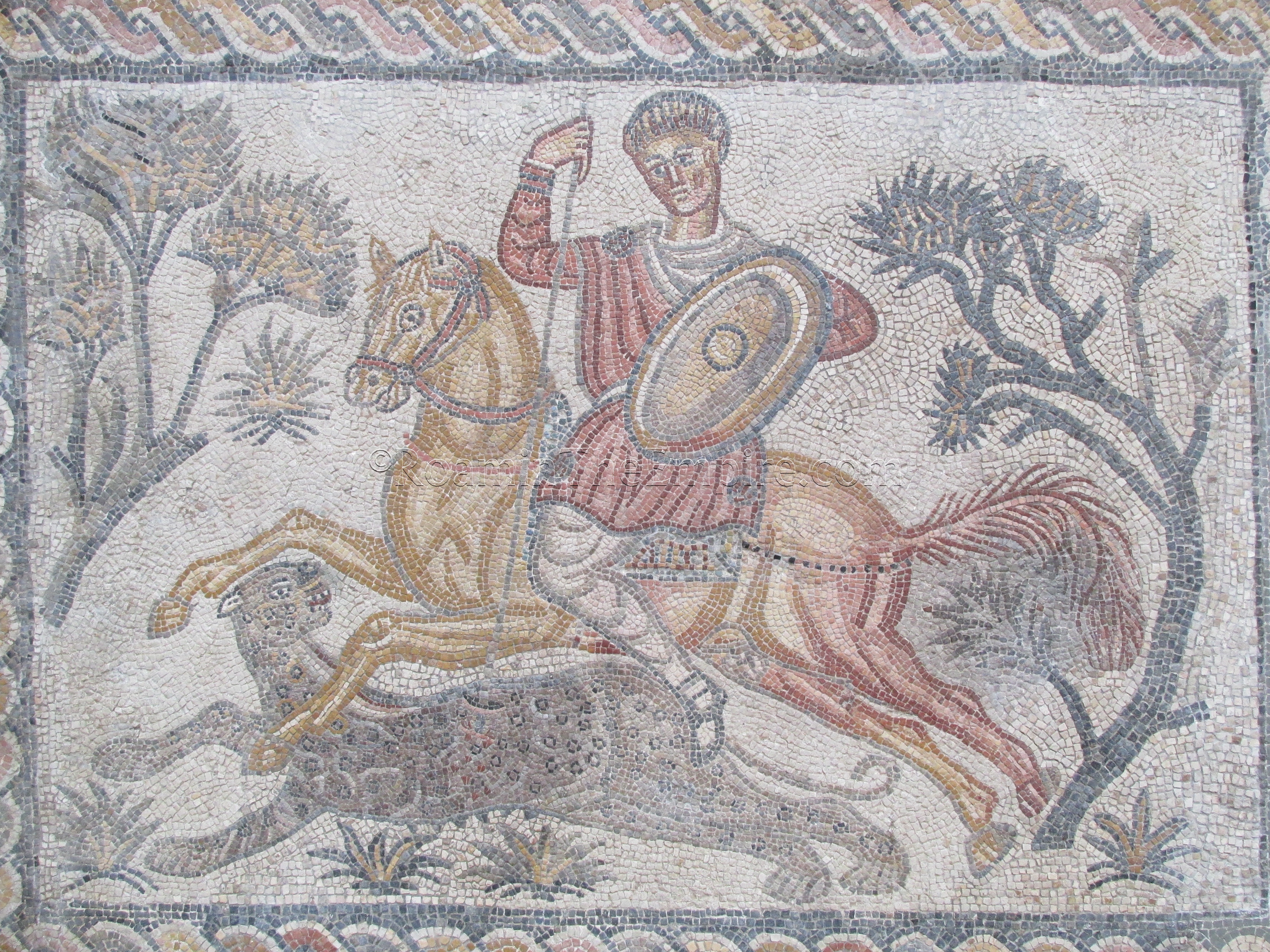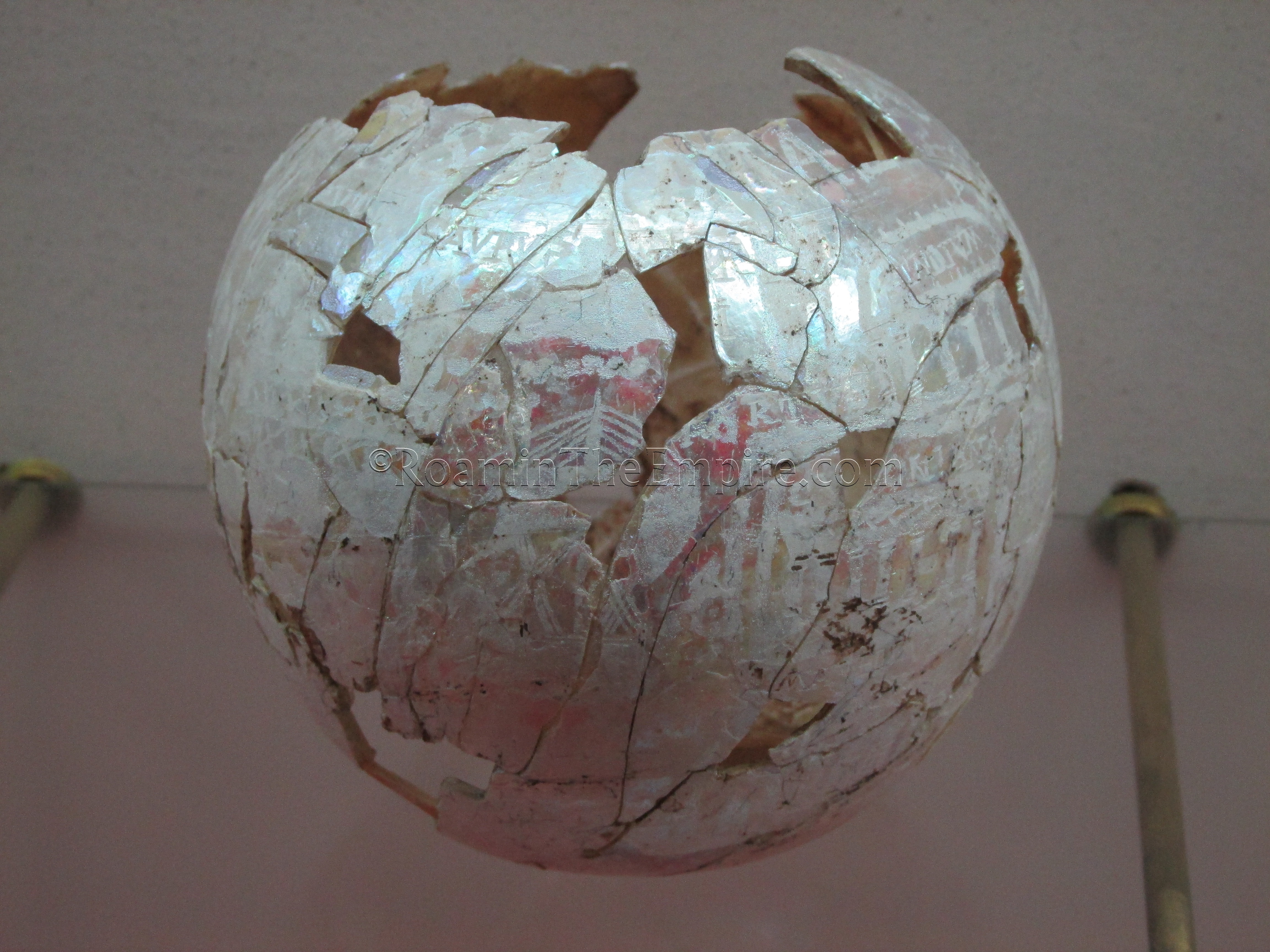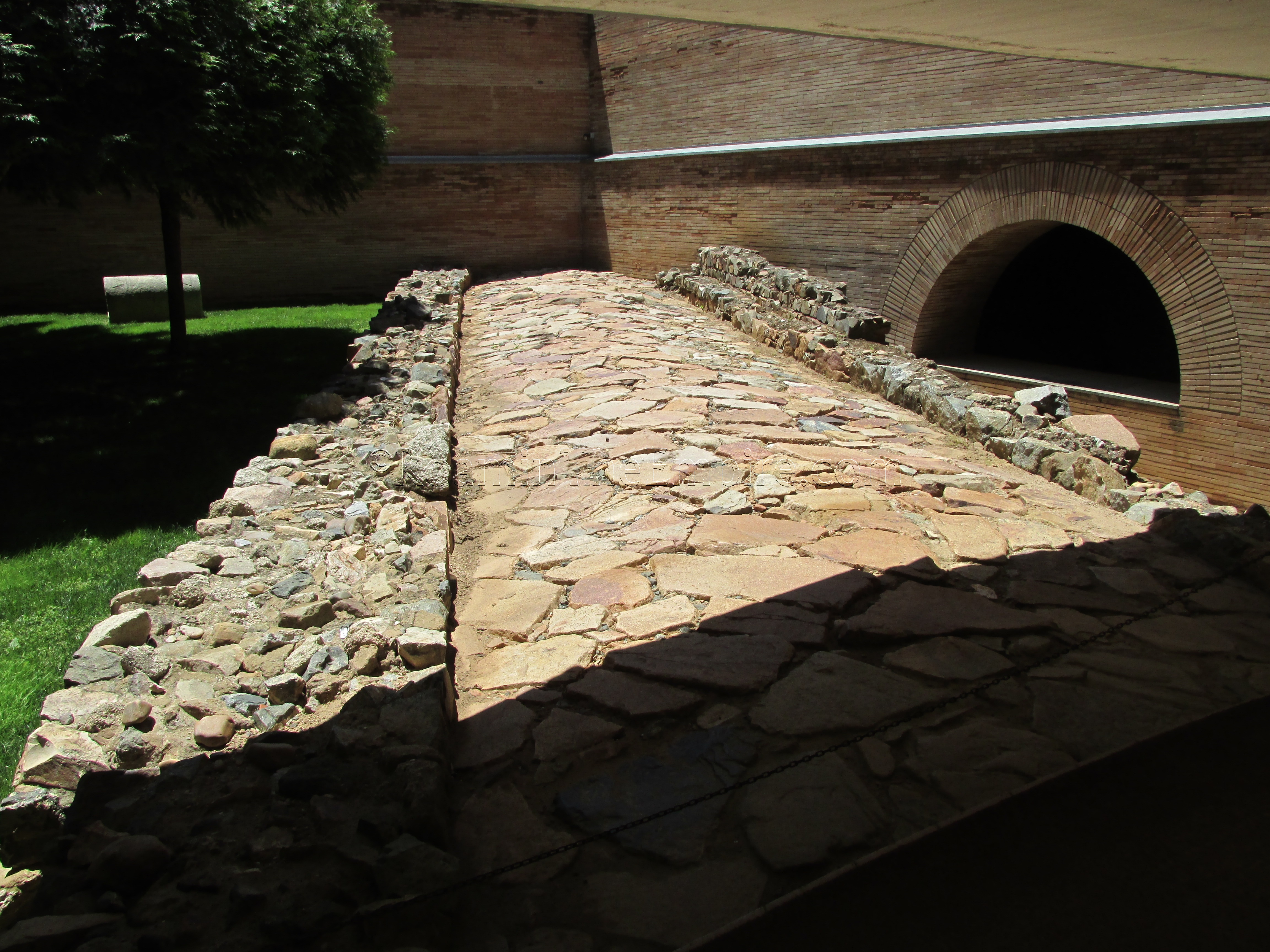
Quick Info:
Museo Nacional de Arte Romano
Calle de José Ramón Mélida, s/n
06800 Mérida
Hours:
Tue-Sat 09:30-20:00 (9:30-18:30, October through April)
Sunday 10:00-15:00
Closed Monday
Admission: 3 Euros
Continued From Augusta Emerita Part VII
As early as the 16th century CE, Roman finds from Augusta Emerita, including statuary and inscriptions, were known to have been displayed in the city, though the details of this are scarce. In the 18th century, Roman and Visigoth artifacts were shown in the Convento de Jesús, now the Parador de Turismo de Mérida hotel. The start of the 19th century brought a push to create a dedicated archaeological museum for the city, and one was finally created in 1838. All this, however, went on before the excavations of many of the major monuments, including the theater and amphitheater, in the early 19th century, which produced a wealth of new material.

In 1975, on the occasion of the 2,000th anniversary of the founding of the city, the decision was made to create the Museo Nacional de Arte Romano to showcase the finds from the city. The museum that currently stands was opened in 1986 and houses not only an impressive collection of artifacts uncovered in Mérida, but also hosts organizations responsible for the protection of the cultural heritage in the city.

The collection at the Museo Nacional de Arte Romano is, in a word, vast. While I have not visited every archaeological museum in Spain with a Roman collection (though I have visited quite a few) I would wager that this is probably the best collection of Roman artifacts in the country in terms of both breadth and quality. It may not necessarily be on par with some of the bigger museums in Italy, it is certainly among the better museums outside of Italy.

Even more impressive, on top of the sheer volume, is that the bulk of pieces in this museum came from Augusta Emerita and the immediate surroundings. There are some exceptions, particularly when it comes to the smaller artifact assemblages that are meant to illustrate specific things that might not be able to be accomplished with just the remains found from Augusta Emerita. This highlights one of the nice things about this museum, though; it’s not just an aesthetic showcase for the finds from the city, but also seeks to be generally educational about the Roman world.

It’s difficult to oversell the collection as there’s really a little bit of everything here; from tiny bone needles to a three story column from a temple of Diana and everything in between. There’s plenty of fragments of architecture aside from the column as well, including pieces that have been mentioned in previous posts such as the architectural fragments from the portico in the imperial forum and a lintel from the temple of Mars like those used to construct the porch of the Hornito de Santa Eulalia. A whole section is dedicated to architectural fragments and inscriptions from the theater.

There’s a lot of large statuary, though the wealth of material allows the museum to avoid falling into the trap of displaying fifteen copies of headless togated statues to beef up the collection. There’s a very nice set of statues including Isis and Mercury that were taken from the mithraeum. Unfortunately, the Aion-Chronos statue from the mithraeum was still out for an exhibition in Lisbon (even though it ended in March) when I visited. Additionally, there’s a portraiture gallery, the bulk of which dates to the 1st century BCE and 1st century CE.

There are a number of largely complete polychromatic mosaics displayed, some of which are quite large. Many of these mosaics come from the “Las Tiendas” villa that dates to the 4th century CE. There are also some wall paintings, including a set depicting hunting scenes that decorated the balustrade of the amphitheater. On the ground floor there is a recreation of a room with a mosaic floor and wall decoration depicting scenes of hunting and circus games.

Most of the larger pieces are on the ground floor, or conversely on the larger walls. The upper two floors of the museum are dedicated more to smaller finds. Some inscriptions and mosaics are also on the upper floors, but, the majority are the smaller artifacts. Among these are cases full of coins, lamps, various bone objects, and smaller bronzes. Typically these seem to be grouped by typology rather than provenance or chronological considerations, though there is some of that within these larger groups.

In addition to the artifact collection, there’s some on-site archaeological remains in the building as well. As with many buildings in Mérida, some remains from Roman Augusta Emerita were uncovered during construction, which are now viewable in the lower levels of the museum. Through a portion of the main building (most of the remains are in a separate archaeological crypt area) runs a length of what is identified as a branch of the San Lázaro Aqueduct. It’s unclear whether this is of the Roman or later period construction, and it is presumably an offshoot from the castellum aquae on the grounds of the nearby Amphitheater House. Unfortunately, the aqueduct is actually largely hidden (at least as of June 2016) as what looks to be part of the construction of some sort of space around it, so there is no actual information displayed on what remains. A quick peak around some of the blinders closing off the space, though, and the aqueduct can be seen.

To get to the rest of the remains, though, one must actually exit out of the main building, first encountering a stretch of Roman road, along with a few funerary markers that were found in the area. Inside of the actual archaeological crypt are the remains of three domestic dwellings, all of which would have been outside of the city walls, and a small mausoleum. Some later medieval remains area also present, though not all areas of the archaeological crypt are accessible; the crypt also seems to serve as a storage area for some larger objects, though it’s possible they were all found there as well.

The three domestic structures range in date from the Julio-Claudian period to the 4th century CE. The house farthest from the entrance, dated with construction periods between the 1st and 4th centuries CE, contains an ample amount of intact wall decoration. Some of these even exhibit the characteristic chipping of the plaster in preparation for the addition of a newer layer of decoration. The mausoleum is dated to the 3rd century CE.

The Museo Nacional de Arte Romano is located near the theater/amphitheater at Calle José Ramón Mélida s/n. It is open 9:30 to 20:00 from Tuesday to Saturday. Sundays and public holidays it is open from 10:00 to 15:00, but it is closed on Mondays. Admission is 3 Euros, but entrance is free on Saturday afternoons and Sunday mornings. In my post on the Museo Arqueológico Nacional in Madrid, I said that museum was a steal at 3 Euros, and that being said, this museum is even more so. If it were in Northern Europe, I don’t doubt that it would cost somewhere more in the range of 10 Euros. It is not to be missed, and especially in the summer, makes for a good afternoon activity. All told, the museum took me about 3.5 hours to see.


